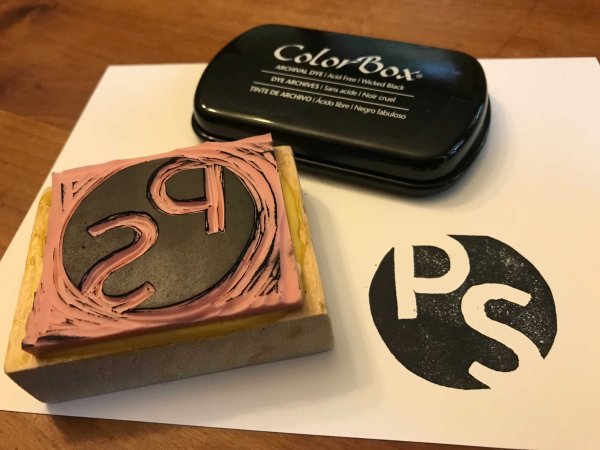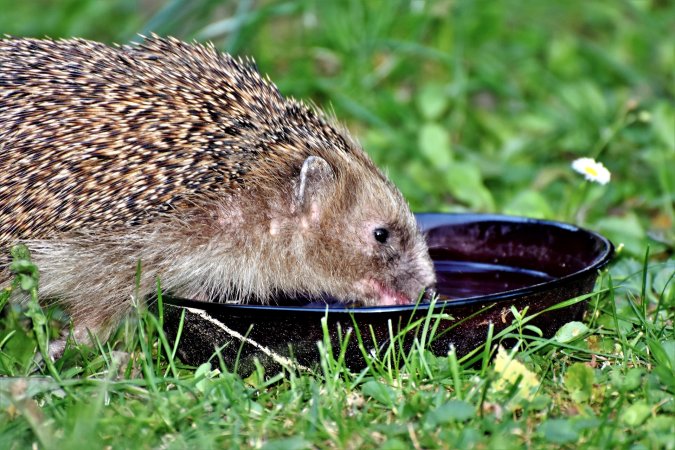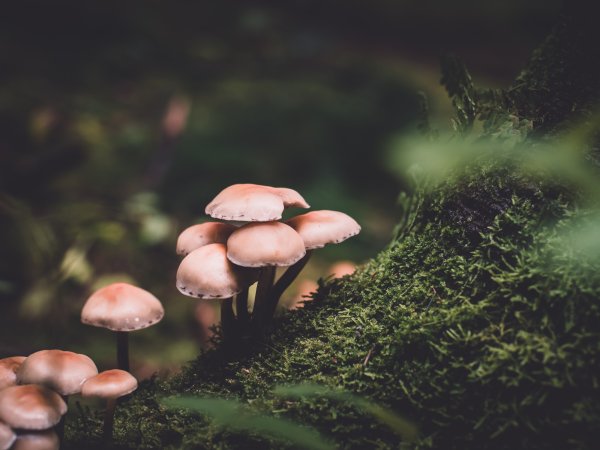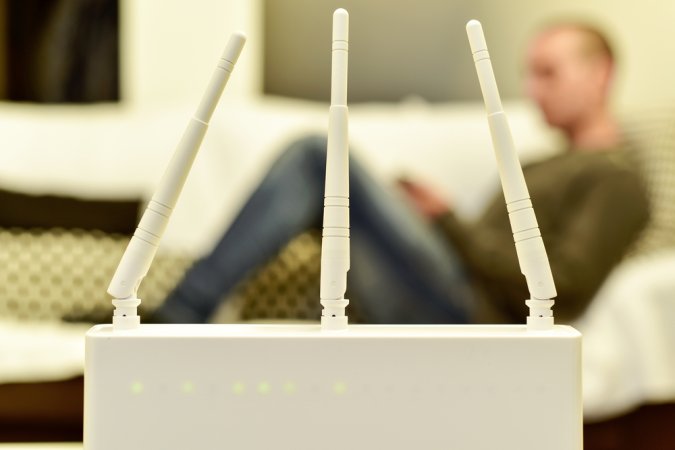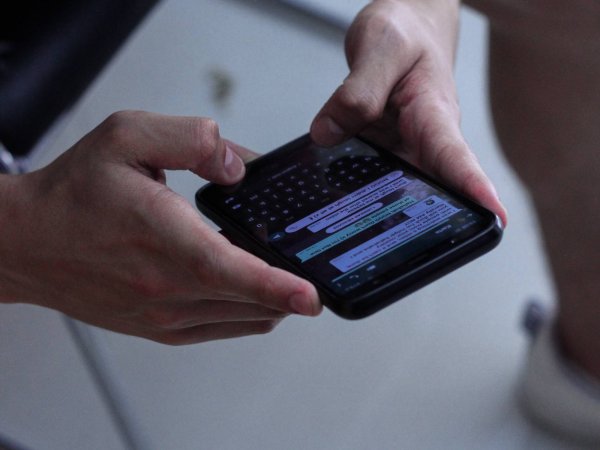

Now : Bioprinter
If office printers can build images by spraying tiny blobs of ink onto paper, why couldn’t they also print in living cells? The question compelled Patrik D’haeseleer and a few collaborators at Biocurious, a biohackerspace in Sunnyvale, California, to build a machine that prints patterns of bacteria engineered to glow green. The team first altered a Hewlett-Packard 5150 printer but met two complications: The ink cartridges used filters and nozzles too fine to allow bacteria through, and the device’s single range of motion thwarted printing directly onto gelatinous petri dishes. So they started over, beginning with an Arduino-controlled printing device called the InkShield—a gadget with inkjet nozzles large enough to accommodate E. coli. Next, they built a two-axis printing platform out of old CD drives. They filled the cartridge with bacteria engineered to glow in the presence of arabinose (a sugar E. coli likes to eat) and printed the microbes on petri dishes laced with arabinose. Soon, living luminescent words appeared. D’haeseleer is now replacing the nozzles on the machine with a syringe pump that can print in gels as well as liquid solutions. He says he hopes to use it to lay down 3-D biological structures on the fly—perhaps even an artificial leaf that performs photosynthesis.

Then : Clothes Wringer Etching Press
In 1939, Popular Science published instructions for building an etching press out of an old clothes wringer. With the addition of a 35-cent scribing tool (about $5.79 today) and a few easy modifications to the clothes wringer, aspiring printmakers could etch patterns onto paper and even silk. It was a great way to bring a design to life—though not quite as literally as today.

